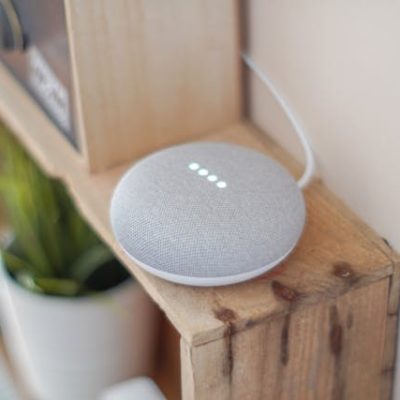Now that the Internet is truly an integral part of the education system, teachers are using the many web-based formats available to them to enhance the learning experience. Certain elements not only improve the students’ situations, but also enhance a teacher’s experience. This is happening with blogging, a tool now used in the education system.
Blogging and the Classroom Teacher
If you teach in a campus setting or at a high school, you know how challenging it is to connect with every student. Where younger students are concerned (around grades 6-8), teachers and parents also discover the need to stay connected, but they find there is a lack of opportunity. Kids hate for their parents to come into class, teachers hardly have anything for parents to do in class, and parents are working now that their little ones are teens or pre-teens.
With blogging, a teacher can share information about what is going on in the classroom generally. This does not replace the teacher-parent meeting, phone calls, personal notes, or emails. Some things cannot be shared on a community blog (like a single student’s experiences in class with bullies, or details about work not being completed). What a teacher can do is apprise mothers and fathers of what their children are supposed to be doing. It is up to those parents to follow up. If students missed something due to absence or because they were not paying attention, there is no excuse for falling behind.
Blogging and the Online Teacher
A lot of home-schooled and college or university students are taking online classes. A home-schooled student and his or her family still need some guidance throughout the week. Blogs make it much easier for everyone participating on a particular track to stay connected and know what is available from their learning resource center. Also, when it is nearing time for an assessment, this allows the teaching center to communicate with parents.
Online studies are also popular with post-secondary students. They do not get to take part in the classroom learning environment on campus for various reasons. They are too far from the college. They have to work full-time and/or family commitments come first. As a result, they miss something fundamental to higher education: the chance to discuss concepts and to bounce ideas off of study partners.
Blogging is a form of rescue to these many post-secondary students in many disciplines. They already know they are not alone. Whole institutions are set up for this kind of purpose. Students at this level do not need to be (or want to be) babysat by their professors. They just want to stay in touch.
What Does this Connection Provide?
It is easy to get an education online these days, but many people find this an isolating experience. They cannot nudge the guy at the next desk and ask him to explain what the professor just said. If they are studying at 2 in the morning, it is easy to miss things. Blogs help students stay on track with one another. They also serve as public boards where anyone with ideas or questions can post them.
Meanwhile, teachers stay connected with their pupils. This is often hard to do. A college professor typically has a large class of people to deal with. He cannot talk to all of them on a single night, even if he wants to find out how everyone is doing. Students have to wait in line at the campus to speak with a busy, much-sought-after professor and there is not always the time to waste on that. With blogging, students and professors stay in touch outside of business hours when it is convenient for both parties.
Author Bio: Ryan Ayers is a writer who generates education related articles. In this article, he explains the use of blogging in education and promotes continued study with a Masters of Education Online.





